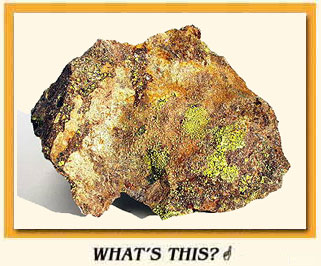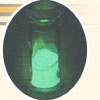| . .
|
I. The Mystery of the Rays

 cientists were fascinated by the discovery of X-rays. It was not just that the rays would be a huge help in medicine and must have many other practical uses. Here was a new tool for penetrating and studying matter. At this time, the end of the 19th century, many of the great problems of physics had been solved. There were laws for electricity and magnetism and gravity and more. But scientists knew they faced even greater mysteries, for the true nature of energy and matter were entirely unknown. cientists were fascinated by the discovery of X-rays. It was not just that the rays would be a huge help in medicine and must have many other practical uses. Here was a new tool for penetrating and studying matter. At this time, the end of the 19th century, many of the great problems of physics had been solved. There were laws for electricity and magnetism and gravity and more. But scientists knew they faced even greater mysteries, for the true nature of energy and matter were entirely unknown.
In Paris, Henri Becquerel was as intrigued as any scientist by X-rays. For many years he had studied unusual fluorescent minerals. If he let the sun shine on such a mineral, he wondered, might the energy of the sunlight make it give off X-rays? He found that a rock containing uranium did give off rays that could go through a sheet of black paper. By accident, he discovered that the rock gave off rays even when the sun was not shining on it! Where did the energy of the rays come from? What was it about this mineral that gave it such mysterious power?

 cientists soon found that uranium rays were too weak to produce good pictures of bones. It was easier to work with X-rays (all you needed was a special glass tube and electricity), and the unusual minerals containing uranium were not easy to get. Marie Curie decided to take the road less traveled. Others might ignore uranium rays, but she would try to understand the mystery behind them. cientists soon found that uranium rays were too weak to produce good pictures of bones. It was easier to work with X-rays (all you needed was a special glass tube and electricity), and the unusual minerals containing uranium were not easy to get. Marie Curie decided to take the road less traveled. Others might ignore uranium rays, but she would try to understand the mystery behind them.
|
|




